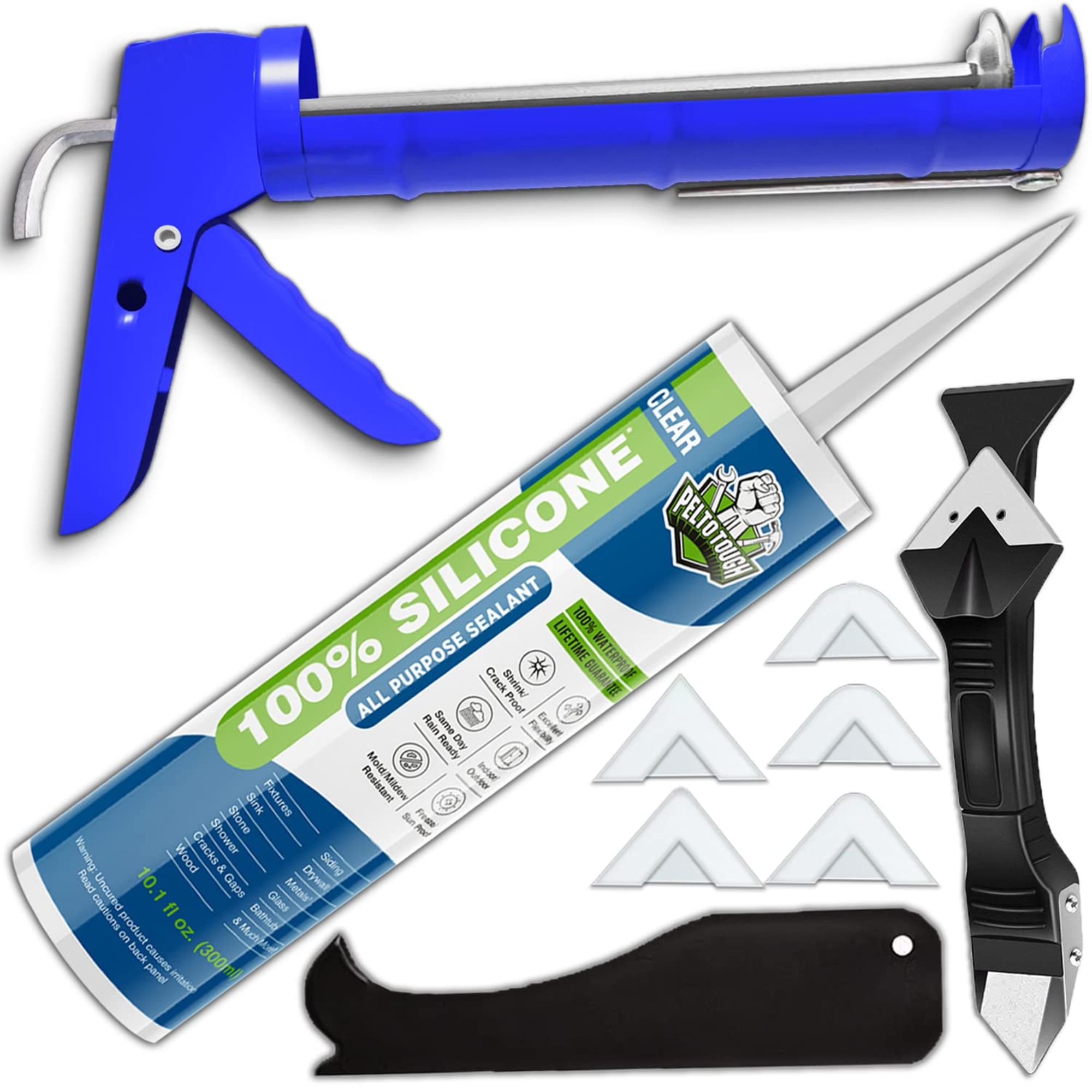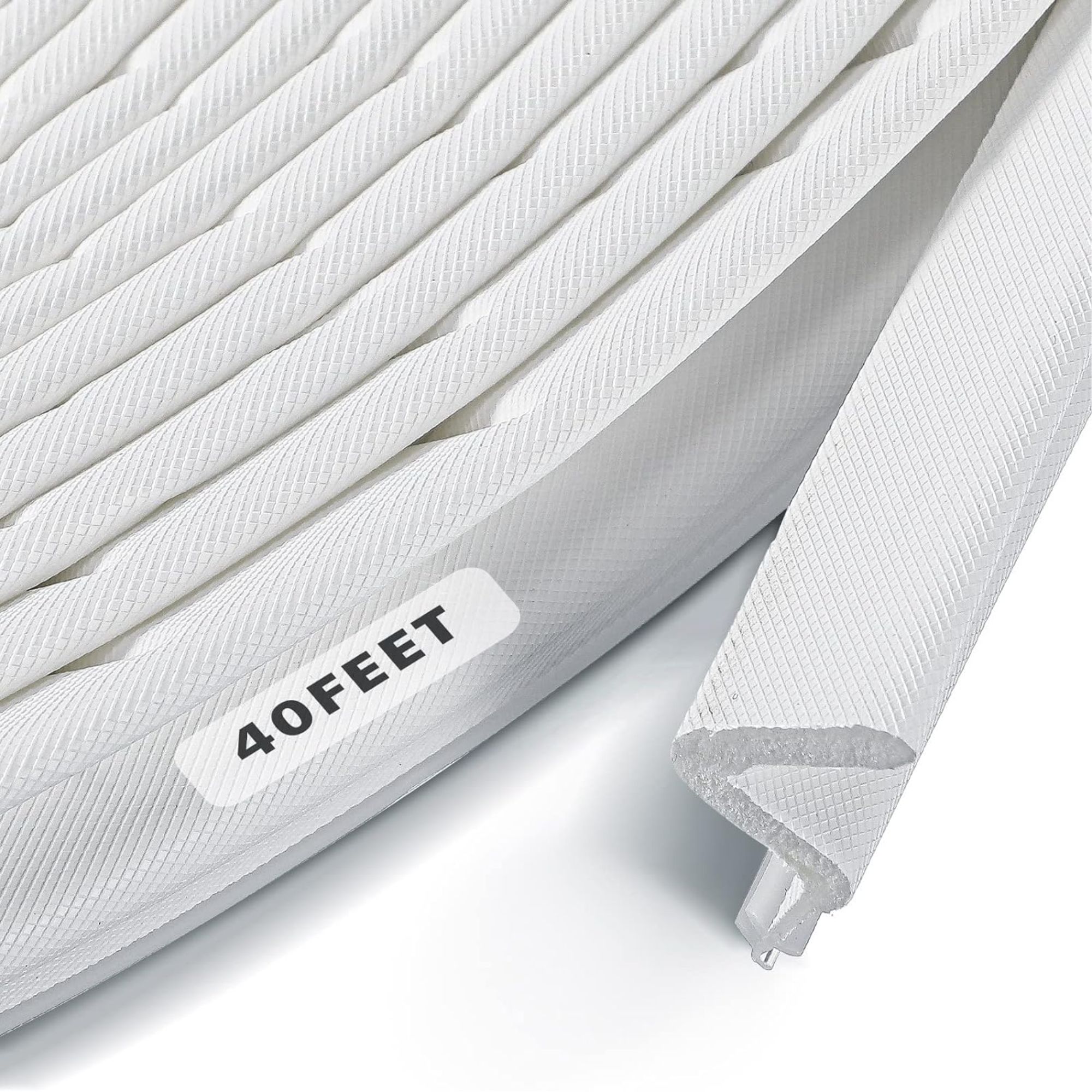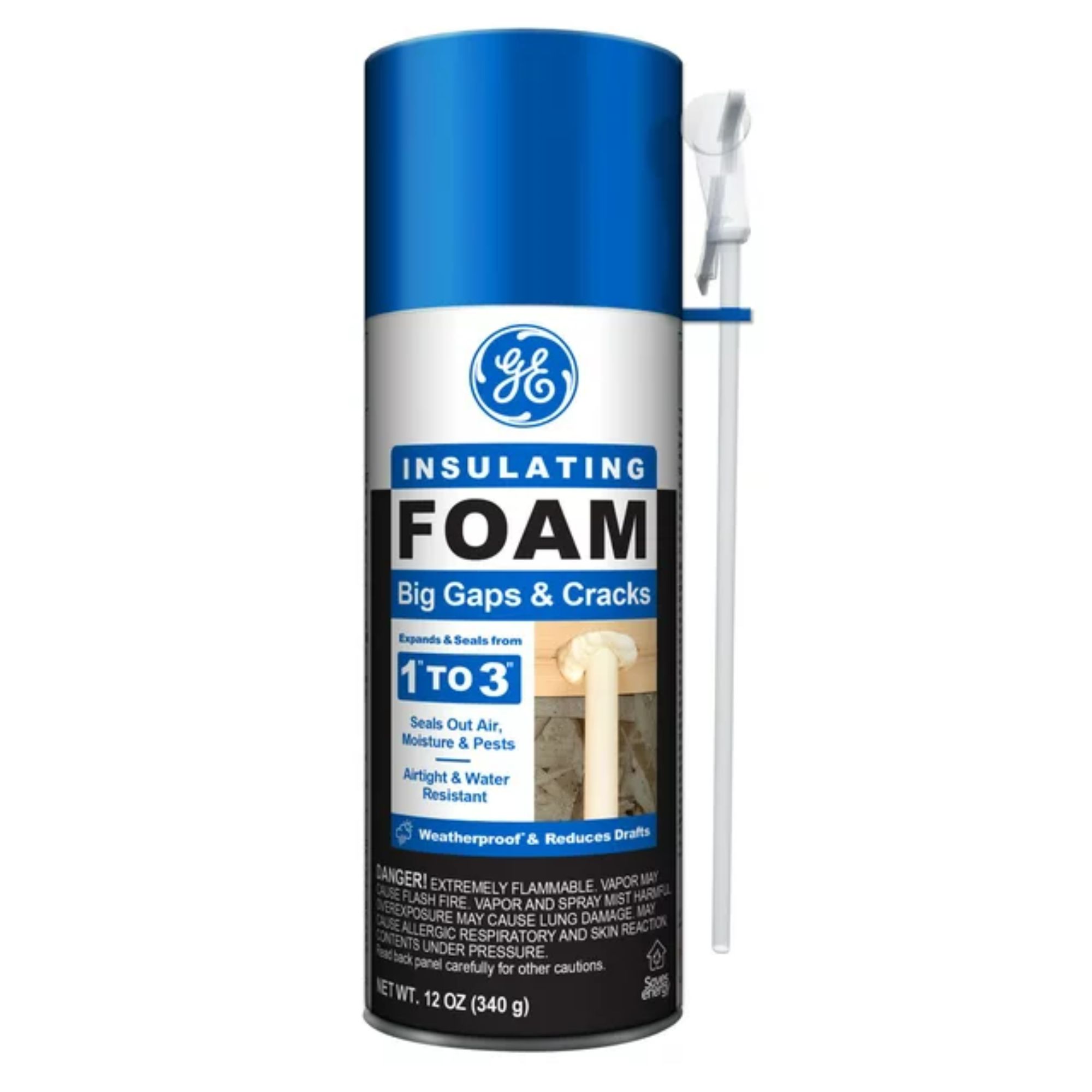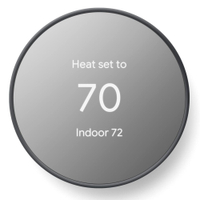How long does it take for an AC to cool a room? 7 tips to boost its performance
We consider how quickly an AC unit can cool a room and take a look at some expert tips to speed up this process
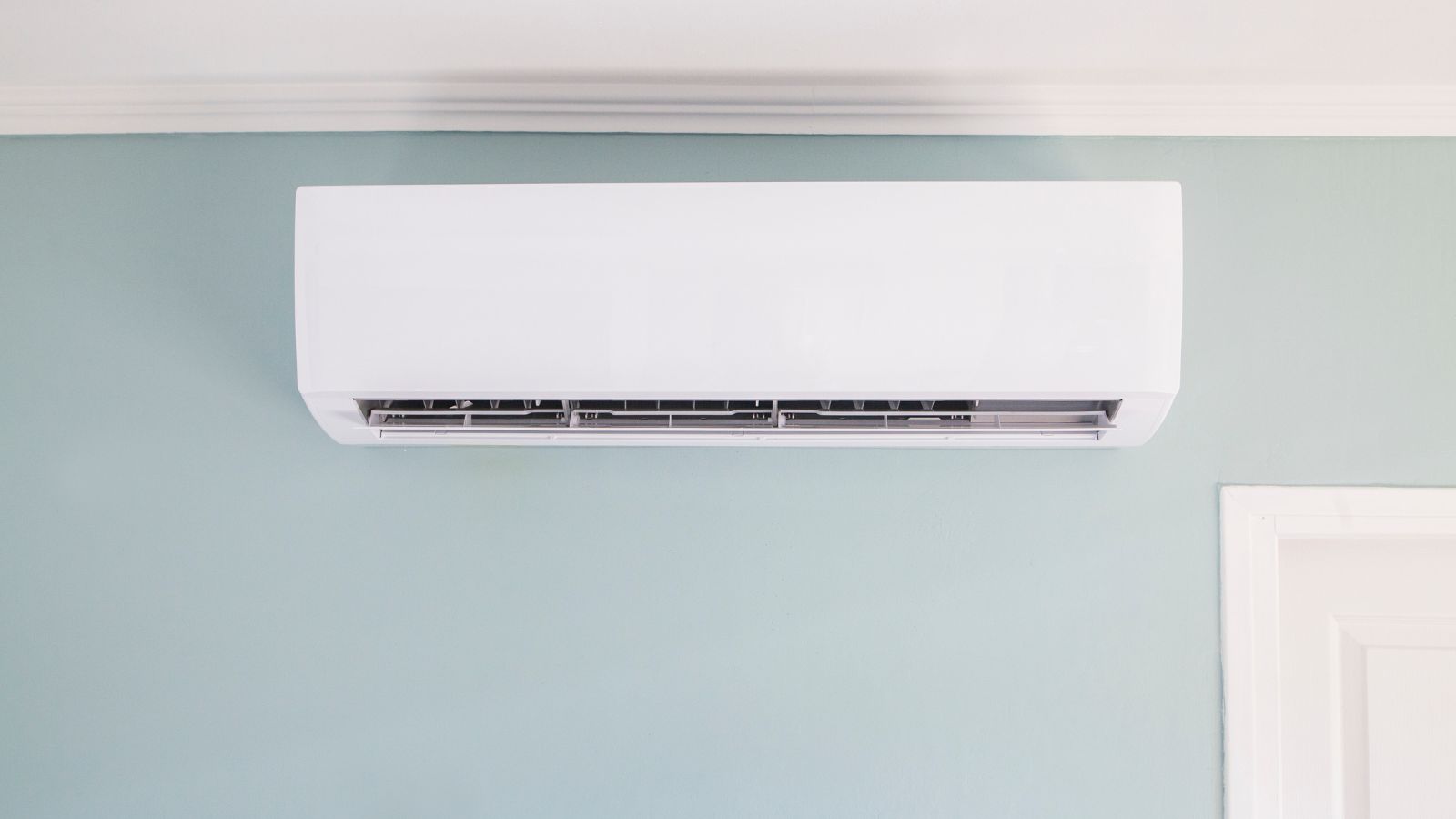

I often find that the phrase 'a watched pot never boils' applies to my air conditioner when aiming to cool down a room, especially on hotter days. If you've found yourself still sweltering a while after turning down your AC, chances are you're asking yourself, 'How long does it take for an AC to cool a room down?'
Knowing how long it takes for an air conditioner to cool a room down and adopting tips to optimize AC usage is key for managing expectations and comfort. It can also ensure your AC runs efficiently, helping to cool rooms faster, cut energy bills, and ensure it lasts longer.
We asked AC experts how long it takes to cool a room and tips for efficient cooling.
General cooling time guidelines
'For a properly sized and functioning air conditioner, you can generally expect it to cool a moderately sized room (about 150-300 square feet) by approximately 10 degrees Fahrenheit within 15 to 30 minutes,' says HVAC technician and Founder of Air Conditioner Lab, Josh Mitchell.
'For larger spaces or whole homes, the central air conditioning system might take longer. The cooling time can range from 30 minutes to several hours, depending on a range of factors.'
The factors that affect how long it takes for an AC to cool a room
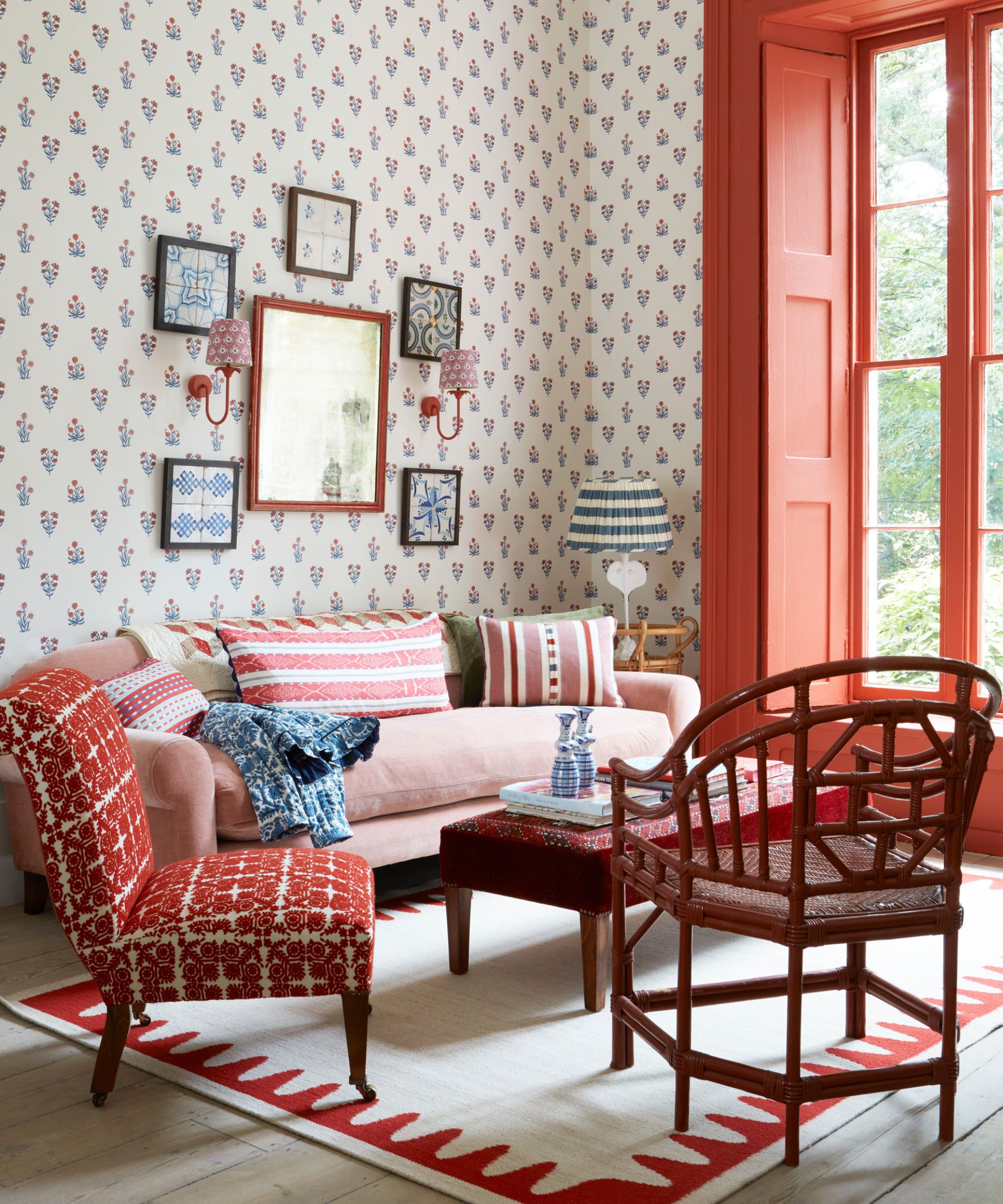
Unfortunately, there is no one-size-fits-all answer when it comes to working out how long it takes for an air conditioner to cool a room. The cooling time will vary based on several factors specific to your space, AC unit, temperature aims, and indoor and outdoor temperatures. Here, our experts have outlined the key elements that influence cooling time to help you make an informed estimate about how long this should take:
1. Size of the room
'The size of a room significantly affects how long it takes to cool,' says Aaron Adams, CEO of Aaron Services. 'Larger rooms require more time to reach the desired temperature compared to smaller spaces. If your air conditioner seems to be taking a long time to cool a large area, it may simply be a matter of the room's volume.'
As a general guideline, Josh Mitchell says:
- A small room (100-200 square feet) might cool down in 10-20 minutes.
- A medium-sized room (200-400 square feet) might take 20-40 minutes.
- A large room (400+ square feet) could take 30 minutes to over an hour.
It's crucial to have a unit that matches the size of your space for efficient cooling.
2. AC unit power
'Air conditioners come in various sizes and power levels. A unit that's too small for a large room will take longer to cool the space if it can achieve the desired temperature,' says Josh Mitchell. 'Conversely, a unit that is too large can cool the room quickly, causing short cycling and stopping proper dehumidification.'
An AC's cooling capacity is measured in BTUs (British Thermal Units), and it's crucial to have a unit that matches the size of your space for efficient cooling. For instance, a room 300-450 square feet needs a 10,000 BTU conditioning unit to cool effectively.
3. Starting indoor and outdoor temperatures
The temperature inside your home and the temperature outside play crucial roles in cooling time. The room's initial temperature affects the cooling duration since higher starting temperatures make the AC work harder and longer to achieve the desired temperature.
'Factors, such as heatwaves or operating appliances, can raise the room temperature, impacting cooling time,' explains Josh Mitchell. 'You may consider using other strategies to help the AC with its cooling job, like dark curtains or increased airflow from a fan.'
Extremely high external temperatures can slow the cooling process as the AC works harder to offset the heat. 'Air conditioners can typically cool air to about 20 degrees lower than the outdoor temperature,' says Aaron Adams. 'For example, if it’s 90°F outside, your AC can cool your room down to approximately 70°F. This limitation means that higher initial indoor temperatures will require more time to cool down to a comfortable level. If you've already met that lower threshold of temperature decrease, you won't be able to cool the room any further from air conditioning alone.'
Additionally, if the difference between the current room temperature and the desired temperature is significant, it will take longer to cool. Knowing the starting temperature will help you set realistic expectations for how quickly your AC can cool the room.
4. Insulation and sealing
'Good insulation helps rooms maintain desired temperatures faster by reducing heat exchange,' explains Josh Mitchell. 'This keeps the air cool for longer, enabling the AC unit to achieve target temperatures in rapid succession. In contrast, poorly insulated rooms and air leaks let heat in, slowing down cooling and boosting energy use.'
Upgrading insulation and sealing gaps around windows and doors with caulk, weatherstripping and expandable foam will help to improve cooling efficiency by preventing warm and cool air from escaping. Doing this will enhance indoor comfort and reduce cooling costs.
5. Humidity levels
High humidity can prolong the cooling process, as the AC has to work harder to remove moisture from the air and cool it.
Using hygrometers, from Amazon and your best dehumidifier to maintain the best humidity levels year-round can ensure your AC can work efficiently to cool a room.
6. AC maintenance
'A properly maintained AC unit with clean filters and coils will cool a room more efficiently than one that is poorly maintained,' says Josh Mitchell. Be sure to clean your air conditioner regularly, including cleaning or replacing filters and ensuring coils are free of dust and debris is key for optimal performance.
Tips for efficient cooling
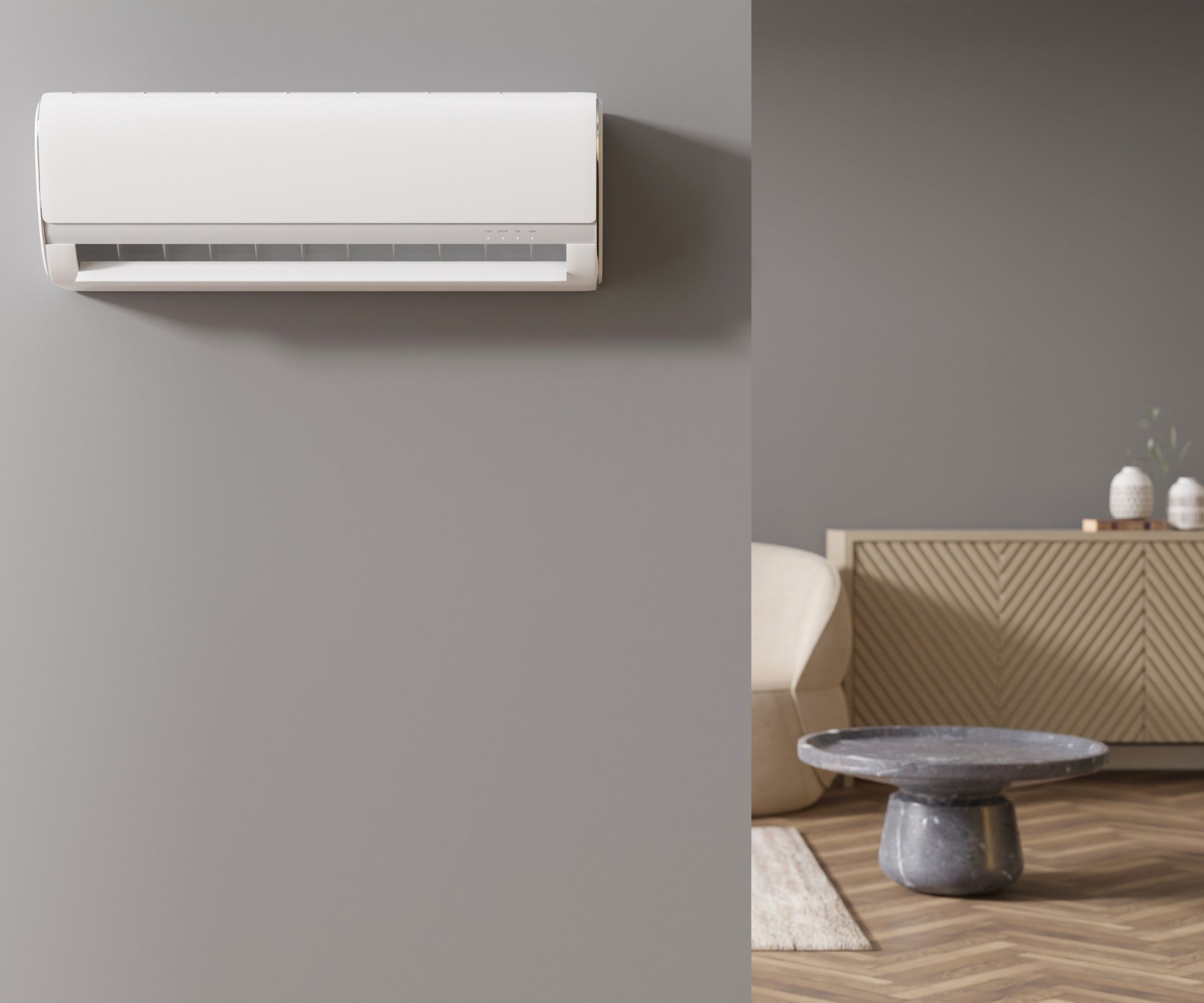
- Avoid high indoor temperatures: 'Some of our customers try to save money by turning their thermostat up when they leave for work or school, and then turning it down significantly when they get home,' says Aaron Adams. 'Allowing your home to become very hot during the day means your air conditioner will have to work much harder and longer to cool it down. This not only makes you uncomfortable while waiting for the temperature to drop but also places significant strain on your AC unit. It's also not good for your home to be hot and humid during the day, as this can be hard on hardwoods and even cause mold in bathrooms left hot and wet from morning showers.
- Reducing strain on the AC unit: 'Cranking the thermostat down drastically can overwork your air conditioner, leading to potential issues like the unit freezing up or even breaking down. Gradual temperature adjustments ensure smoother operation, reduce the risk of overworking the system and extend the lifespan of your air conditioner.
- Importance of gradually changing temperatures: 'Gradual temperature changes help maintain a consistent and comfortable indoor environment without overloading your system. It’s important to keep your home at a relatively stable temperature to avoid sudden, drastic cooling demands that can stress your AC.'
- Proper sizing: Determine the right size for your AC unit to ensure it fits your space properly.
- Regular maintenance: Keep your AC well-maintained. Clean or replace filters regularly, check for leaks, ensure the condenser unit is debris-free, and clean the AC drain line. If your system is older, it may be time to look at a replacement, as newer models can cool more efficiently.
- Enhance insulation: Improve your home's insulation and seal any leaks around windows and doors to help your AC cool your room faster and more efficiently.
- Use thermostats smartly: Programmable thermostats can help manage cooling effectively by gradually adjusting temperatures.
Google Nest Thermostat | Was $129.99, now $113.99
This programmable thermostat comes in four colors and should be used with an Alexa for voice control.
FAQs
How do you choose the right size AC for a room?
HVAC technician Josh Mitchell provides a guideline to find the appropriately sized AC for a room:
- Small rooms (100-300 sq. ft.): Look for an AC unit with around 5,000-7,000 BTUs.
- Medium rooms (300-550 sq. ft.): Aim for 8,000-12,000 BTUs.
- Large rooms (550-1,000 sq. ft.): Consider units with 12,000-18,000 BTUs.
- Very large spaces (1,000+ sq. ft.): You may need multiple units or a central air conditioning system with more than 18,000 BTUs.
Should I call an expert to examine my AC unit?
Knowing how long your AC might take to cool a room helps in deciding whether to wait or call a repair person. If your AC is operating within these parameters but still takes longer, it may be a sign of underlying issues that need professional attention. If your unit still isn't cooling as you'd expect, or if you're wondering why your thermostat is set to cool but the AC isn't turning on or why your AC is not blowing cool air, call an HVAC technician to fix any problems and determine whether you need a replacement AC unit.
If it's 100 degrees outside and you can't get your home cooler than 80 degrees, consider implementing some additional methods to keep your space cool, such as rearranging a room to make it cooler or investing in affordable cooling products to beat the heat.
Sign up to the Homes & Gardens newsletter
Design expertise in your inbox – from inspiring decorating ideas and beautiful celebrity homes to practical gardening advice and shopping round-ups.

Lola Houlton is a news writer for Homes & Gardens. She has been writing content for Future PLC for the past six years, in particular Homes & Gardens, Real Homes and GardeningEtc. She writes on a broad range of subjects, including practical household advice, recipe articles, and product reviews, working closely with experts in their fields to cover everything from heating to home organization through to house plants. Lola is a graduate, who completed her degree in Psychology at the University of Sussex. She has also spent some time working at the BBC.
-
 How to grow astilbe – expert advice on cultivating this shade-tolerant flowering perennial
How to grow astilbe – expert advice on cultivating this shade-tolerant flowering perennialShade-tolerant and pest-resistant - astilbe are hardy and tough perennials that can thrive in many settings
By Ellen Wells Published
-
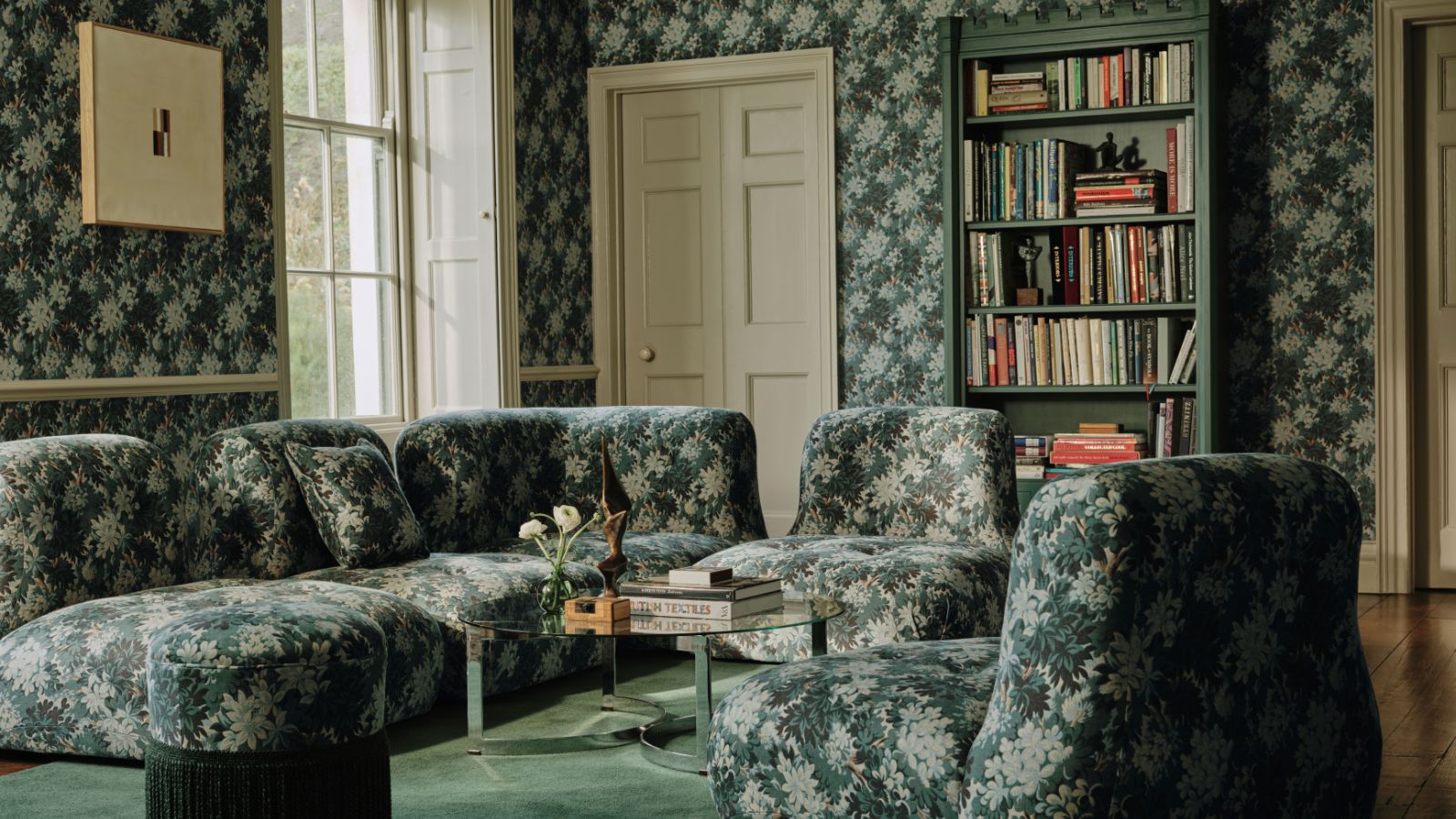 Vintage prints are making a comeback – designers say to look out for these 5 nostalgic patterns this year
Vintage prints are making a comeback – designers say to look out for these 5 nostalgic patterns this yearThese vintage-style patterns are all the rage right now, and we spoke with design experts to learn how best to style them in the home
By Eleanor Richardson Published
